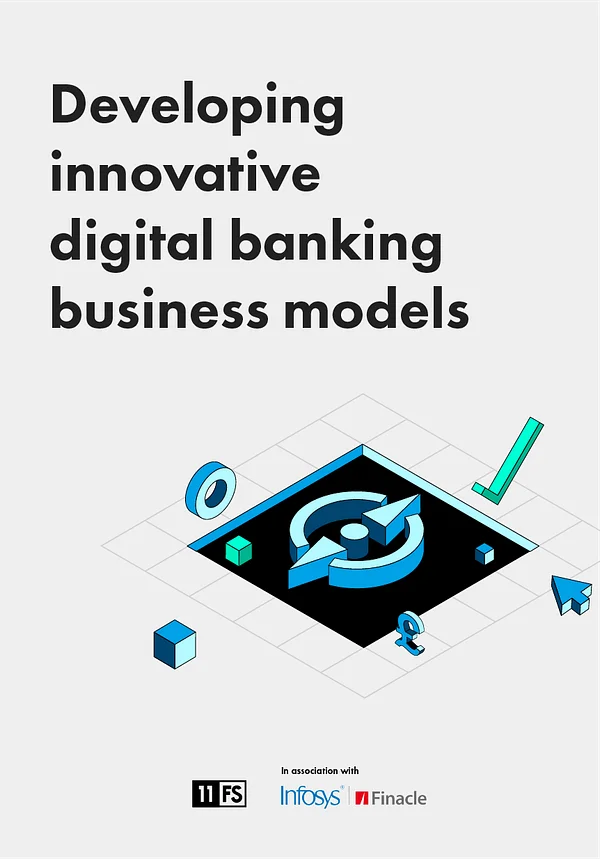Many marketers have a story of a boss or board that wanted all the benefits of a strong brand, without the investment, hassle or commitment of having to build one.
This is taken from our Unfiltered newsletter. Subscribe now for a no BS, uncensored analysis of fintech news and hot topics delivered to your inbox each fortnight.
Most have a story (who am I kidding, stories) of being asked to run a campaign to sell a product that doesn’t have a clear target audience, positioning, or definition of the customer problem it’s solving.
Those marketers even have stories of how those campaigns succeeded, because those campaigns are usually measured by acquisition metrics.
And that’s where the problem starts...
It can be hard to judge in the moment, but the longer term danger for your product, organisation and brand, is in fact that your ‘tactical’ marketing campaigns succeed.
Why?
Because you’re papering over the cracks of the loose foundations you’re building on. You’ve skipped past strategy and gone straight into tactics.
It’s common for organisations - especially start-ups and tech companies - to have to build the rail tracks whilst you’re onboard. I get it, I’ve been there. Get customers through the door, then iterate the life out of the product to try and keep them.
Sometimes it works.
It works particularly well when your customers know they’re on a journey with you; if they know you’re working towards something bigger. It doesn’t necessarily have to be a greater social purpose (and in fact, if you can’t do this honestly and authentically, then it’s best to steer clear). It could be as simple as giving them visibility of your roadmap to show them how you’re working to make their lives - or jobs - easier.
The longer term danger for your product, organisation and brand, is in fact that your ‘tactical’ marketing campaigns succeed.
Purpose > convenience*
Products with marketing (and therefore brand) integrated at the start can demonstrate a level of authenticity that wouldn’t be possible if marketing was simply a sticker slapped on at the end of the production line.
When many rushed to escape WhatsApp’s shaky privacy policy, driving a spike in Signal signups, it reaffirmed the importance of brand purpose.
Millions of people decided to prioritise privacy over functionality.
Signal showed us that brand purpose outweighs customer experience - especially if your brand purpose is highly aligned with social drivers, such as privacy. Their values and their mission are stronger than their product, and customers are okay with that.
But whether Signal manages to maintain that foothold by continuing to appeal to (and meet) people’s desire for privacy, and outweigh the inconvenience of having to convince your family & friends to switch apps, remains to be seen.
Customers will forgive your imperfect app journeys as long as they continue to believe in your vision.
And in B2C world, if your mission is the reason you're creating the product, you have an even longer runway to get to outstanding product quality. In the beginning your customers’ belief in what you’re building and working towards shields you from the hard numbers, the KPIs. In B2B you have no such luck. Companies don’t buy causes, they follow the money.
*If the purpose aligns strongly with social drivers, it’s authentic and it’s communicated well. Simple really.
Customers will forgive your imperfect app journeys as long as they continue to believe in your vision.
Marketing won’t fix your average product
Ask anyone who’s ever had to deal with a B2B SaaS integration how quickly the sales mist and the brand appeal can evaporate.
When the promises of partnership, speed, and convenience turn into support hours being logged and painful integrations.
When it gets real.
That’s when it becomes clear if the marketing is better than the product.
That’s when your acquisition-focused (read: short term) campaigns come back to bite you.
One of the marketing OGs, Peter Drucker, said “the aim of marketing is to know and understand the customer so well the product or service fits him and sells itself. The aim of marketing is to make selling superfluous.”
The beauty of this statement is twofold:
- It reminds us that marketing (including brand) is not a comms team that you keep waiting until the product is ready so they can tweet about it. Even if that tweet results in floods of demo requests, those customers will hit onboarding or integration and experience the disconnect first-hand. If they’re not heavily bought into your purpose at this point, you’re in trouble.
- Product-market (and product-marketing) fit is a chat you have at the very beginning, not when you’re ready to launch.
My unfiltered opinion
Yes I know product is one of the four 4P’s and should be considered as part of marketing strategy, so strategically speaking it makes no sense for me to talk about product and marketing as separate things. But in this context marketing is = marketing communications and product is well, product.
And in many fintech companies product and marketing are two separate teams. Whether that’s right is another discussion for another day.
But my point stands.
Successful marketing and product teams are measuring both acquisition and retention metrics. They’re not only obsessing over the CPLs and CACs, they’re all over activation rates, renewal rates and LTVs.
Successful businesses know that marketing is not the answer to an average product.
Successful businesses know that great marketing starts at the inception of a great product.





.svg)
.svg)









